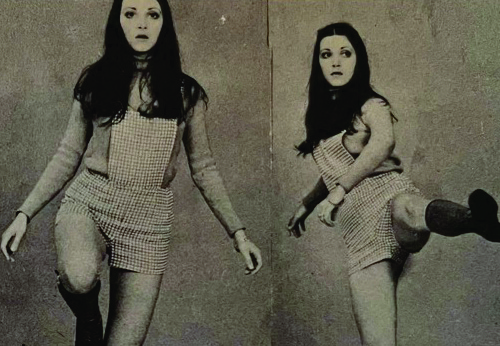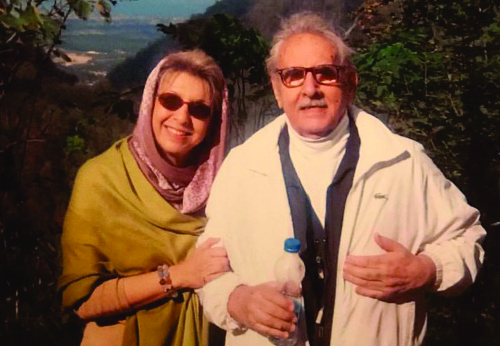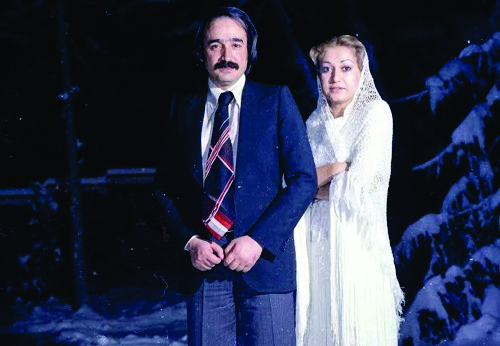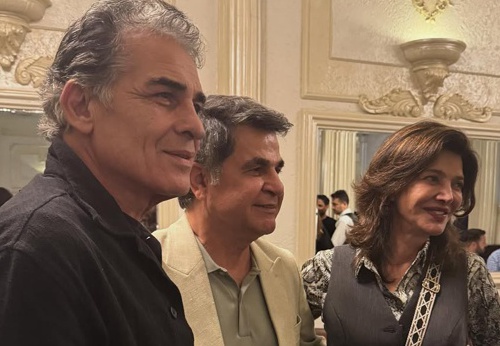The Story of the 1981 Hostage Release
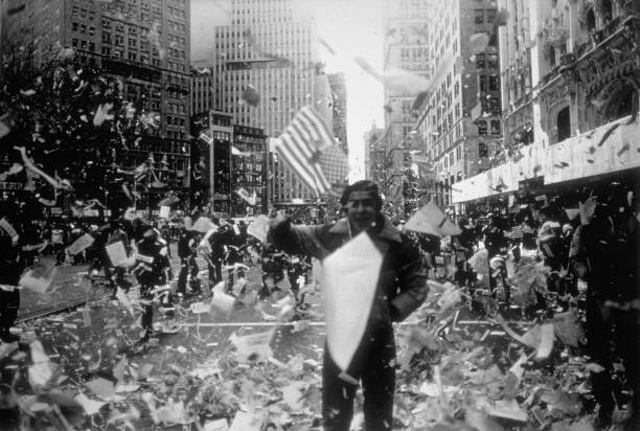
For the U.S., the hostage crisis marked a turning point: the limits of military power, the vulnerability of diplomats, and the need for new approaches in international conflict. For hostage taking was seen by many revolutionaries as a powerful rejection of U.S. influence and a consolidation of revolutionary legitimacy at home. For the hostages themselves, the return was not the end of the ordeal—many spent years rebuilding their personal and professional lives.
Ambassador Bruce Laingen, the senior U.S. diplomat in Iran at the time, was among those held the longest. He later reflected that the experience taught him both the fragility of diplomacy and the resilience of the human spirit. Richard Morefield, a consular officer, described how the hostages created routines—like reading, exercise, and prayer—to survive mentally.
Kathryn Koob and Elizabeth Ann Swift, two of the few women held, were released after a short time, partly because their captors said they were “oppressed by the U.S. system.” Some hostages, upon return, struggled with reintegration. A few marriages dissolved under the strain, while others found new meaning in faith, public service, or advocacy for veterans and trauma survivors.
The crisis dominated Jimmy Carter’s presidency and was widely seen as a key factor in his defeat in the 1980 election. His inability to secure the hostages’ release earlier damaged public confidence in his leadership. The timing of the release—just minutes after Ronald Reagan’s inauguration—sparked theories that deliberately waited to deal a final humiliation to Carter.


